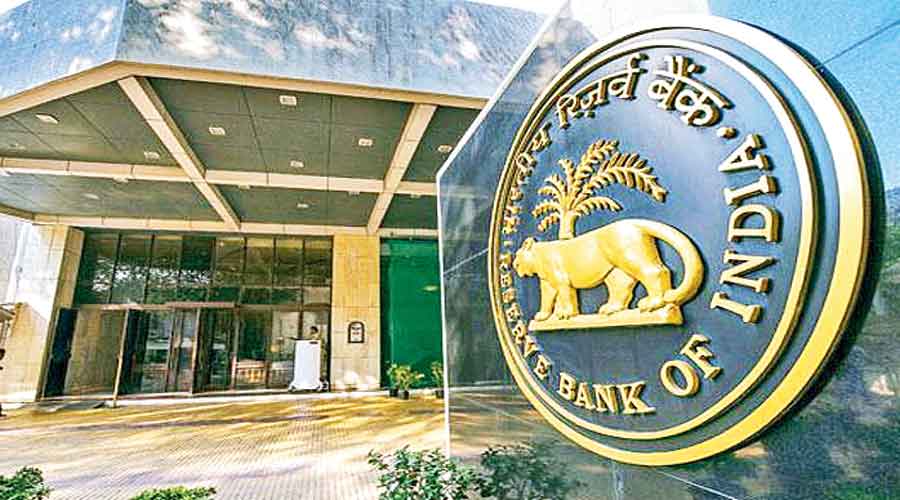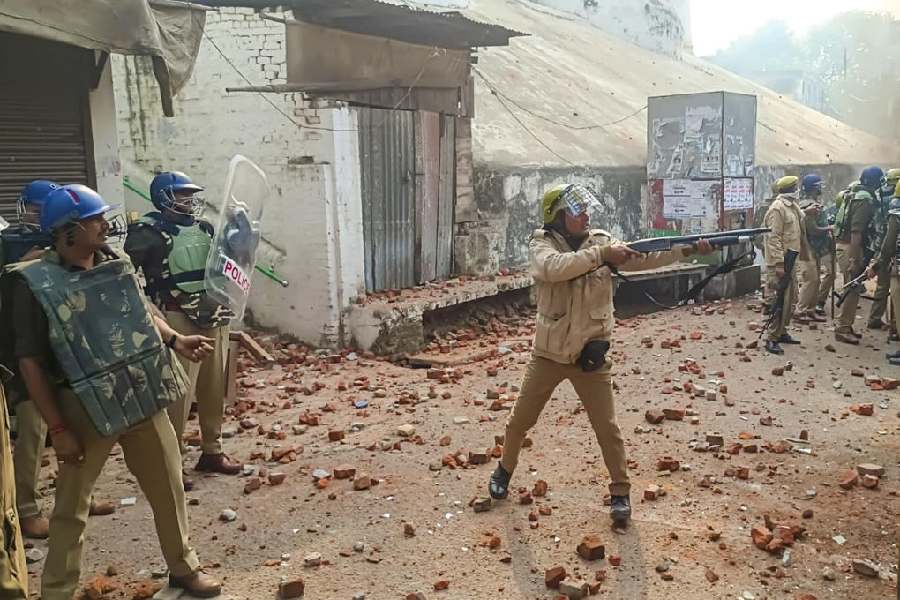The Reserve Bank of India (RBI) may raise the reverse repo rate by 20-25 basis points amid higher inflation and keep the repo rate unchanged as it pursues its strategy of gradual policy normalisation as the worst of the pandemic recede.
This is the view among economists as the six- member monetary policy committee (MPC) of the RBI begins its three-day meeting from Tuesday. The meeting was pushed back by a day on account of the death of Lata Mangeshkar.
The bi-monthly monetary policy meet, which will be the first after the Union budget, comes at a time many central banks from the US to New Zealand are in a liquidity tightening mode because of rising inflation.
The analysts, however, point out the record gross borrowing of almost Rs 15 lakh crore in 2022-23 by the government would complicate the situation. They said the RBI may take supportive steps such as bond purchases through open market operations.
Yields on the benchmark 10-year security which have been inching up since December 2021 are now set to breach the 7-per-cent mark following the higher-than-expected borrowing in the budget.
“RBI today is faced with multiple challenges – nurturing economic recovery, normalising liquidity, and adverse external environment — making policy choices complicated. Given this backdrop the central bank may now resort to raising the reverse repo rate, but commentary/guidance on long-end rates will be vital,’’ Edelweiss said.
Analysts feel that as the Indian economy is yet to show broad-based revival and money market rates have already risen over the past couple of months, the RBI will take a measured path in reducing this corridor.
The expectation is that it will first raise the reverse repo by 20-25 basis points on February 9 and follow it up with another 25 basis point hike in April. The April increase may be accompanied both by an upward revision in the policy repo rate and in the monetary policy stance to neutral.
Analysts at Barclays said that though inflation is likely to remain near the upper-bound of 6 per cent in January, it could soften thereafter. The RBI could reduce the corridor by raising the reverse repo by 20-25 basis points.
“In terms of the sequencing of policy normalisation, we expect a 20 basis points reverse repo rate hike in both February and April, to normalise the policy corridor, as the next step. We expect the repo rate hiking cycle to begin from April,” Nomura said.











